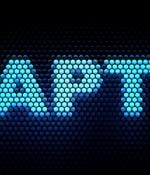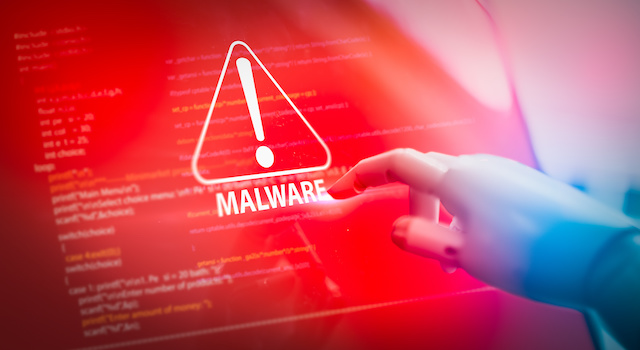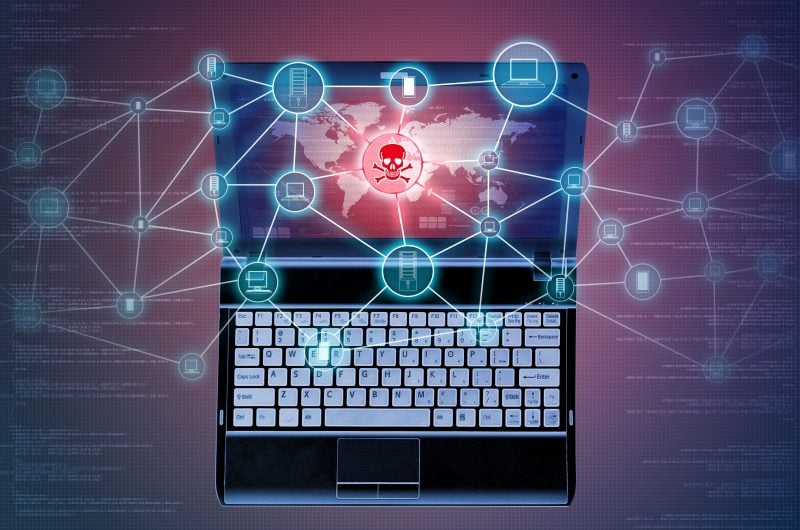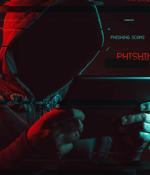Security News

Hackers linked to North Korea are targeting security researchers with an elaborate social-engineering campaign that sets up trusted relationships with them - and then infects their organizations' systems with custom backdoor malware. The effort includes attackers going so far as to set up their own research blog, multiple Twitter profiles and other social-media accounts in order to look like legitimate security researchers themselves, according to a blog post by TAG's Adam Weidermann.

North Korea's hackers homed in on specific infosec researchers and infected their systems with a backdoor after luring them to a suspicious website, Google revealed on Monday. "The researchers have followed a link on Twitter to a write-up hosted on blog.br0vvnn[.]io, and shortly thereafter, a malicious service was installed on the researcher's system and an in-memory backdoor would begin beaconing to an actor-owned command and control server," said Googler Adam Weidemann.

The North Korean advanced persistent threat group known as Kimsuky is actively attacking commercial-sector businesses, often by posing as South Korean reporters, according to an alert from the U.S. Cybersecurity and Infrastructure Security Agency. Kimsuky has been operating as a cyberespionage group since 2012 under the auspices of the regime in Pyongyang.

Kaspersky observed several dozen victims who received components from the MosaicRegressor framework between 2017 and 2019 - all of whom had ties to North Korea. "UEFI firmware makes for a perfect mechanism of persistent malware storage," Kaspersky researchers explained.

A threat actor linked to China has used UEFI malware based on code from Hacking Team in attacks aimed at organizations with an interest in North Korea, Kaspersky reported on Monday. Kaspersky researchers analyzed the malware and the malicious activity after stumbling upon several suspicious UEFI firmware images.

This joint advisory is the result of analytic efforts among the Cybersecurity and Infrastructure Security Agency, the Department of the Treasury, the Federal Bureau of Investigation and U.S. Cyber Command. Working with U.S. government partners, CISA, Treasury, FBI, and USCYBERCOM identified malware and indicators of compromise used by the North Korean government in an automated teller machine cash-out scheme - referred to by the U.S. Government as "FASTCash 2.0: North Korea's BeagleBoyz Robbing Banks."

A report published recently by the U.S. Army describes North Korea's cyber warfare capabilities and provides information on various units and their missions. In terms of computer warfare, the Army says North Korea primarily conducts these types of attacks because they represent a low-cost and low-risk method for targeting the enemy's computers, they can be used to counter the enemy's superior conventional military capabilities, and they can "Upset the status quo with little fear of retaliation."

The Council of the European Union has imposed its first-ever sanctions against persons or entities involved in various cyber-attacks targeting European citizens, and its member states. Out of the six individuals sanctioned by the EU include two Chinese citizens and four Russian nationals.

Hackers linked to the North Korean government appear to be behind the Magecart attacks on fashion retailer Claire's and other online stores, Netherlands-based e-commerce security company Sansec reported on Monday. Threat actors linked to North Korea have been known to launch - in addition to espionage and destructive campaigns - financially-motivated attacks, including against cryptocurrency exchanges and banks.

Organizations in the aerospace and military sectors were compromised in a highly targeted cyber-espionage campaign that shows a possible link to North Korean hackers, ESET reveals. The threat actor behind these attacks remains unknown, but ESET believes it could be linked to the infamous North Korean state-sponsored group Lazarus, based on targeting, the use of fake LinkedIn accounts, development tools, and anti-analysis methods.